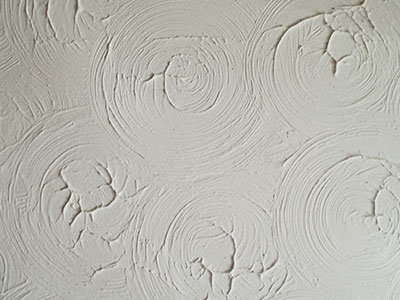
Areas We Cover
Copyright © 2024 – Harts Waste & Asbestos Removals – Covering Essex, London, Hertfordshire, and Kent | Privacy Policy
Essex
01277 546070
Registered Offices
133 Chase Side, London N14 5HD
Station Lane, Hornchurch, RM12 6LL
London
0203 011 2425
Asbestos is a term for six naturally occurring silicate minerals that share a common asbestiform habit, meaning they grow in a fibrous form. These fibers are composed of long, thin crystalline structures, and each visible strand is an aggregate of millions of microscopic “fibrils.” These fibrils can become airborne and pose health risks when materials containing asbestos are disturbed.
3 Most Common types of Asbestos Found Domestically and Commerically
Amosite, commonly referred to as Brown Asbestos, is frequently encountered in areas subjected to high temperatures, such as fireplaces, electrical cupboards, and boiler rooms. This type of asbestos is particularly hazardous due to its straight, brittle brown fibers, which can easily become airborne if disturbed.
Amosite, commonly referred to as Brown Asbestos, is frequently encountered in areas subjected to high temperatures, such as fireplaces, electrical cupboards, and boiler rooms. This type of asbestos is particularly hazardous due to its straight, brittle brown fibers, which can easily become airborne if disturbed.
Chrysotile, often referred to as White Asbestos, is the most prevalent form of asbestos found in buildings. Its fibers are white, which can make identification challenging without professional analysis. Commonly, White Asbestos is discovered in the construction of garage and shed roofs, Artex ceilings, and waste flues, where its use was historically favored for its durability and resistance to heat.
Chrysotile, often referred to as White Asbestos, is the most prevalent form of asbestos found in buildings. Its fibers are white, which can make identification challenging without professional analysis. Commonly, White Asbestos is discovered in the construction of garage and shed roofs, Artex ceilings, and waste flues, where its use was historically favored for its durability and resistance to heat.
Crocidolite, often identified by its distinctive blue fibers, is a member of the Amphibole mineral family, just like Amosite. It is recognized as the most hazardous form of asbestos due to its extremely fine fibers that can penetrate the deepest parts of the lungs. Despite its risks, Crocidolite was extensively used in commercial buildings, particularly in pipe insulation, and is also found in various cement products.
Crocidolite, commonly known as Blue Asbestos. Similarly to Amosite, Crocidolite is from the Amphibole mineral family. However, its known to be the most dangerous type of asbestos. Unfortunately, its widely used in commercial properties, pipe insulation and many other cement products.
The images provided below offer insight into the most prevalent forms of asbestos encountered in the UK. Yet, the critical question remains:
What does asbestos look like when you come across it in your home or commercial property?
Many of our clients are initially unaware of the presence of asbestos in their properties. We are committed to not only helping you identify asbestos but also ensuring its safe removal or containment for your protection!
When asbestos fibers are inhaled, they can become lodged in the lungs and remain there for a long time. Over prolonged periods, these fibers can cause inflammation, scarring, and eventually lead to serious health conditions such as asbestosis, lung cancer, and mesothelioma.
Identifying asbestos in your home or workplace can be challenging, as it’s often mixed with other materials. It’s typically found in homes built before the 1980s, in areas such as pipe insulation, ceiling tiles, and flooring. If you suspect the presence of asbestos:
1. Do not disturb the area: Asbestos is most dangerous when it’s friable, meaning the material can easily crumble and release fibers into the air.
2. Seek professional assessment: Contact licensed asbestos professionals who can conduct a thorough survey and testing to confirm the presence of asbestos.
3. Follow professional advice: If asbestos is present, professionals may recommend encapsulation (sealing off asbestos materials) or removal. Removal should only be done by licensed abatement workers trained in safe asbestos handling.
Next steps to take:
If you’re concerned about asbestos or potential asbestos in your property, it’s crucial to deal with it responsibly. For more information or to schedule an asbestos survey/removal, reach out to certified experts like Harts Waste. We offer comprehensive services to ensure your environment is safe and asbestos-free.
Areas We Cover
Copyright © 2024 – Harts Waste & Asbestos Removals – Covering Essex, London, Hertfordshire, and Kent | Privacy Policy